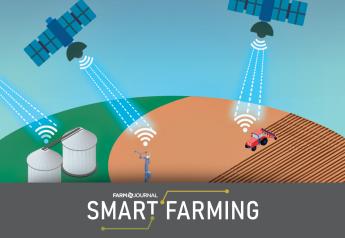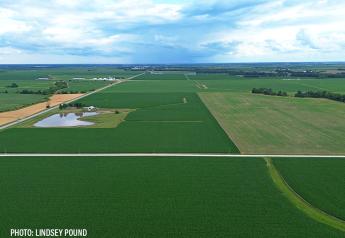USDA Delays Deadline for Tariff Relief Applications

USDA has delayed the deadline for applications for the Market Facilitation Program (MFP) payments. Farmers had until Jan. 15 to apply for the tariff relief payments, but applications were stopped by the partial government shutdown when Farm Service Agency (FSA) offices closed December 28.
USDA will resume taking applications for MFP when the government shutdown ends. The deadline will extend for as many days as FSA offices are closed by the ongoing shutdown.
The May 1 deadline for submitting 2018 production has not been changed according to a USDA spokesman.
Farmers who applied for the program and had certified 2018 production before FSA offices closed on Dec. 28 will receive payments as scheduled despite the shutdown, according to USDA Under Secretary Bill Northey.
USDA Secretary Sonny Perdue issued the following statement regarding the MFP deadline extension:
“President Trump instructed me, as Secretary of Agriculture, to craft a program that would protect farmers from unjustified retaliatory tariffs from foreign nations. As part of that package, the Market Facilitation Program has been making payments directly to farmers who have suffered trade damage. Using existing funds, we were able to keep FSA offices open as long as possible, but unfortunately had to close them when funding ran out. We will therefore extend the application deadline for a period of time equal to the number of business days FSA offices were closed, once the government shutdown ends. Farmers who have already applied for the program and certified their 2018 production have continued to receive payments. Meanwhile, I continue to urge members of Congress to redouble their efforts to pass an appropriations bill that President Trump will sign and end the lapse in funding so that we may again provide full services to our farmers and ranchers.”







